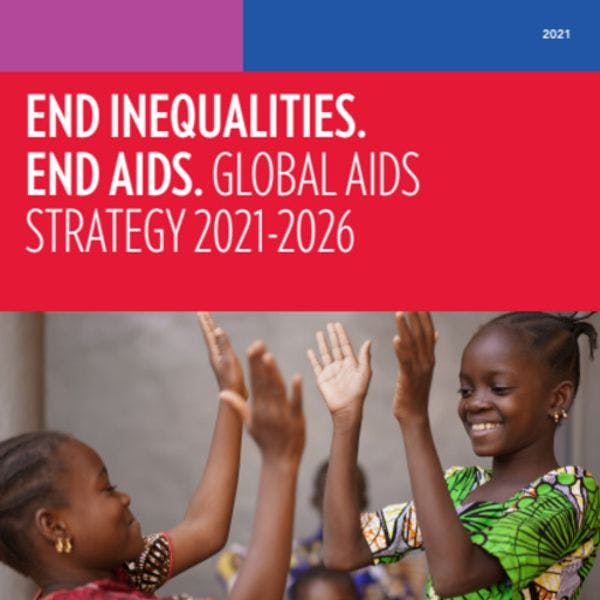UNAIDS
Acabar con las Desigualdades. Acabar con el SIDA. Estrategia Global sobre SIDA 2021-2026
La nueva estrategia de ONUSIDA introduce importantes y ambiciosas metas para eliminar políticas que alimentan la criminalización de poblaciones clave, incluyendo a personas que consumen drogas. Más información, en inglés, está disponible abajo.
The new Global AIDS Strategy (2021–2026) seeks to reduce the inequalities that drive the AIDS epidemic and put people at the centre to get the world on-track to end AIDS as a public health threat by 2030. Decades of experience and evidence from the HIV response show that intersecting inequalities are preventing progress towards ending AIDS.
Developed by the Joint United Nations Programme on HIV/AIDS (UNAIDS) and to be adopted by the UNAIDS Programme Coordinating Board (PCB), this Strategy lays out a framework for transformative action to reduce these inequalities by 2025 and to get every country and every community on-track to end AIDS by 2030.5 The Strategy uses an inequalities lens to identify, reduce and end inequalities that represent barriers to people living with and affected by HIV, countries and communities from ending AIDS.
The Strategy is being adopted during the Decade of Action to accelerate progress towards the Sustainable Development Goals (SDGs), and makes explicit contributions to advance goals and targets across the SDGs.
The Strategy builds on an extensive review of the available evidence and a broad-based, inclusive, consultative process in which over 10,000 stakeholders from 160 countries participated. The results from the UNAIDS Fast-Track Strategy 2016–2021 informed the development of the new Strategy, including the Programme Coordinating Board (PCB) decision to develop the Global AIDS Strategy "by maintaining the critical pillars that have delivered results in the current Fast-Track Strategy, its ambition and the principles underpinning it to the end of 2025, but also enhance the current Strategy to prioritize critical areas that are lagging behind and need greater attention."
The Strategy keeps people at the centre and aims to unite countries, communities and partners across and beyond the HIV response to take prioritized actions to accelerate progress towards the vision of zero new HIV infections, zero discrimination and zero AIDS-related deaths. The Strategy seeks to empower people with the programmes and resources they need to exercise their rights, protect themselves and thrive in the face of HIV.
